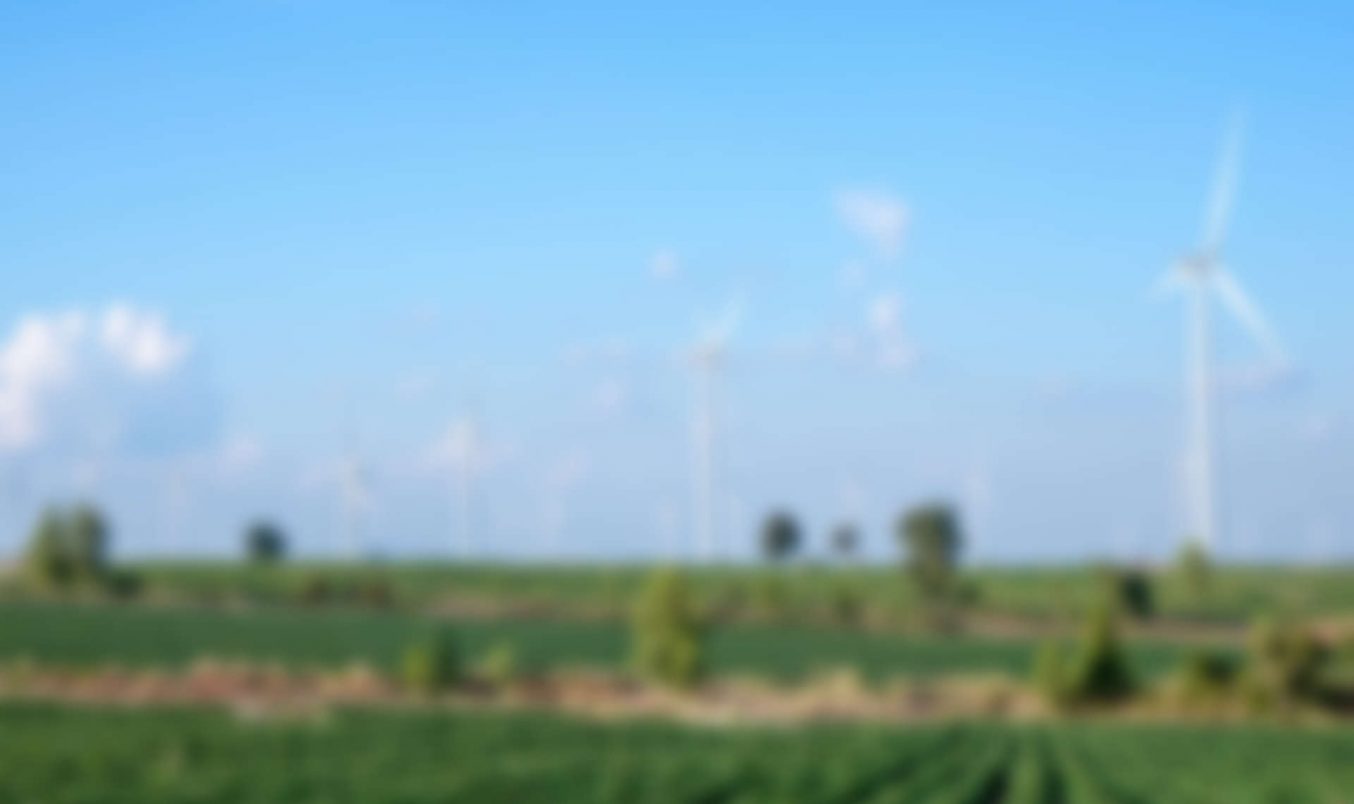Even with renewable energy being much cheaper, than the regular electricity, it’s always nice to cut the end price even more drastically. Our solar power utility managers compiled few tips for you on cutting the energy consumption of 5 most popular
Many nations still rely heavily on coal, oil and natural gas to supply most of their energy needs. But this dependance on fossil fuels presents a great problem. Fossil fuels are a finite resource. Eventually, the world will run out of fossil fuels, or it will become too expensive to dig up those that remain. Fossil fuels also cause air, water and soil pollution, just as well as produce greenhouse gases that contribute to the problem of the global warming.
Renewable energy resources, on the other hand, present a cleaner alternative to fossil fuels. They produce much less pollution and fewer greenhouse gases, and by definition, will not run out. Here are our main sources of renewable energy:

1. Residential Solar
The sun is the most powerful source of energy not just for Earth, but for our whole Solar System! Sunlight, or Residential Solar, can be used for heating, lighting and cooling homes and other buildings, generating electricity, water heating, and a variety of industrial or manufacturing processes. The technology used to collect the sun’s energy is constantly advancing, including water-heating rooftop pipes, photo-voltaic cells, and mirror arrays.
2. Wind Energy
Wind is the movement of air that happens when warm air rises and cooler air rushes in to replace it. The energy of the wind has been employed for centuries to sail ships and drive windmills that grind grain. Today, wind energy is collected by wind turbines, which on the output generate the electricity.
3. Hydroelectricity
Water flowing downstream is a powerful force. Water is a renewable resource, constantly recharged by the global cycle of evaporation and precipitation. The heat of the sun causes water in lakes and oceans to evaporate and form clouds. The water then falls back to Earth as rain or snow, and flows into rivers and streams that go back to the ocean. Flowing water can be used to power water wheels that are responsible for the mechanical processes. And captured by turbines and generators, like those housed at many dams around the world, the energy of flowing water can be used to generate

4. Biomass Energy
Biomass has always been an important source of energy ever since people first invented fire and started burning wood to cook food and warm themselves against the winter chill.
Wood is still the most popular source of biomass energy, but other sources of biomass energy are as varying as food crops, grasses and other plants, agricultural and forestry waste and residue, organic components from municipal and industrial wastes, even methane gas harvested from community landfills.
Biomass can be used to generate electricity and as fuel for transportation, or to manufacture products that would otherwise require the use of non-renewable fossil fuels.
5. Hydrogen
In theory, hydrogen has incredible potential as a fuel and energy source. Hydrogen is the most common element on Earth—for example, water is two-thirds hydrogen—but in nature it is always found in combination with other elements. Once we separate it from other elements, hydrogen can be used. Its supply can power vehicles, replace natural gas for heating and cooking, and generate electricity. In 2015, the first production passenger car powered by hydrogen became available in Japan and the United States.

